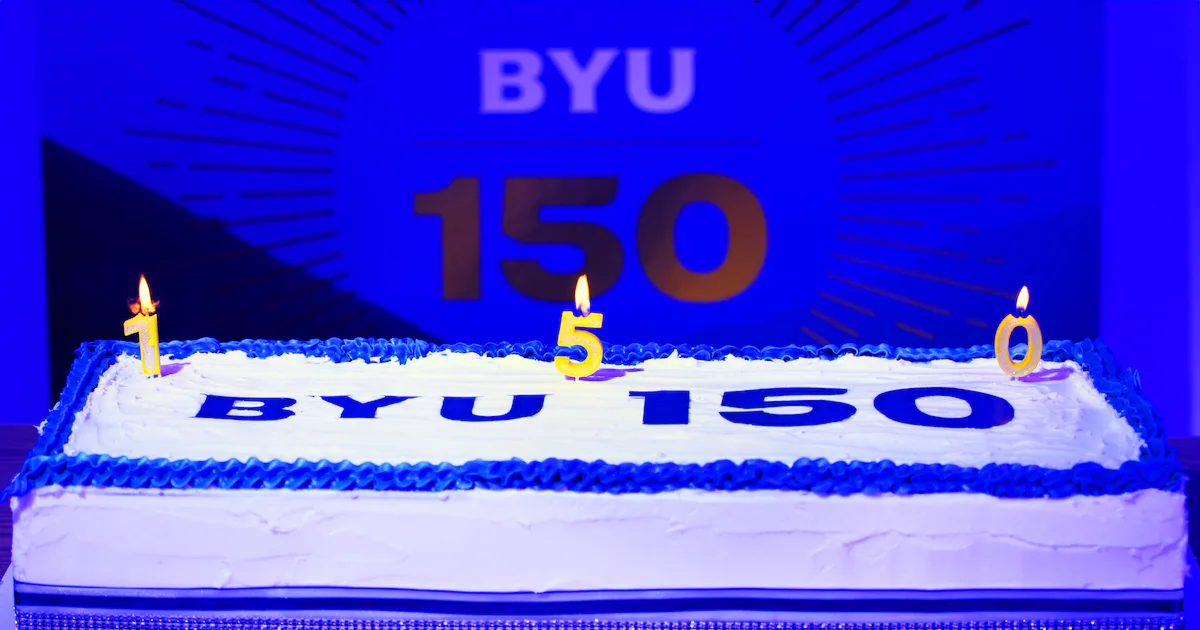Copyright Salt Lake City Deseret News

How else would a physics and astronomy professor celebrate a monumental university anniversary than with science? Brian Anderson, a full-time BYU professor since 2015, found a unique way to mark BYU’s 150th birthday: by blowing out candles on the university’s birthday cake using focused sound. Anderson has spent years studying time reversal acoustics, a sound-focusing technique that has surprising applications. In recent research efforts, he and his students have used BYU’s reverberation rooms to create extremely loud, focused sounds, essentially simulating explosions, to study how sound travels at high levels. For BYU’s birthday celebration, Anderson worked with Jay Cliftmann, a 2024 BYU graduate now pursuing a Ph.D. at Penn State. Together, they explored how to “blow out targeted candles with focused loud sound and the physics behind how it works.” How did it work? The team used directed time reversal acoustics to their advantage. First, they recorded how sound traveled from a loudspeaker to a microphone. Then, by playing the recording backward, they created sound waves that traveled precisely back to the microphone’s original position. Sounds improbable, but in a reverberation chamber, where sound bounces around in a chaotically organized way, it actually works. Anderson and his students aimed 180 decibels of sound at each candle on the birthday cake. For context, Anderson noted a typical rock concert measures about 120 decibels. “So, this is about a thousand times louder than a rock concert at each of those candle locations,” Anderson said in a university article. To put it in perspective, he told the Deseret News, in their lab work, the team has “generated just over 200 decibels” of sound. Anderson added, “A lawnmower generates about 85 decibels when you mow your lawn. Our focused sound was 562,000 times louder, more sound amplitude, than a lawnmower.” Time reversal acoustics can do more than just blow out birthday candles, and Anderson hopes this demonstration of time reversal focusing helps people hear about the real-world applications of this technique. The focusing of sound or vibration can be used to locate or identify earthquakes, locate gunshots in urban areas and even destroy kidney stones without surgery, Anderson told the Deseret News. Why go to such lengths for a birthday cake? Anderson says the motivation was simple: BYU students and professors love their university and a celebration like this shows that in a memorable and fun way. “The 150th birthday of BYU allows all of us to think about the heritage that we have all benefited from, from all the people that have contributed over the years” Anderson said. “I like to think of this demonstration as providing a metaphor for how Christ can focus on and minister to each of us one by one, even in a noisy and chaotic world.”



